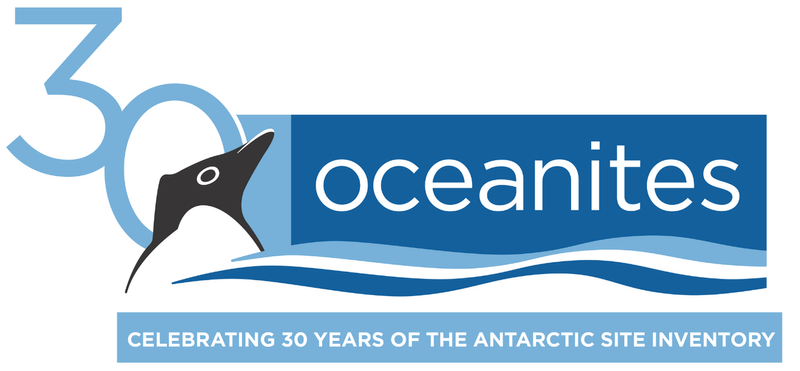
MAPPPD and SOAP
The second aspect of Oceanites’ ongoing science program is the Antarctic continent- wide penguin database MAPPPD (Mapping Application for Penguin Populations and Projected Dynamics), which has become the ‘go to’ repository for all Antarctic penguin data (ours and other researchers’) that every Antarctic stakeholder — from governments to tour operators to krill fishers and NGOs — relies upon.
Oceanites is responsible for maintaining MAPPPD and it is the reference for our regular State of Antarctic Penguins (SOAP) reports.
Mapping Application for Penguin Populations and Projected Dynamics (MAPPPD) is an open access decision support tool that The Lynch Lab, Stony Brook University, and the US National Aeronautics and Space Administration (NASA) designed specifically for Oceanites as a one-stop shop for information on penguins in the Antarctic.
MAPPPD’s mission is to integrate expert biological field surveys, satellite and drone imagery analyses, and citizen science to provide the most comprehensive, publicly available database regarding the distribution and abundance of Antarctic penguin populations. MAPPPD’s goals are to: assist and ensure that conservation management decisions in the Antarctic Treaty system are based upon the best and most currently available scientific data and information; and provide a database that is easy to access and use, and freely open, accessible, and available to scientists, governments, managers, Antarctic stakeholders (fishing, tourism, environmental), and the general public.
SOAP 2022 highlights that the five Antarctic penguin species total 6.12 million breeding pairs nesting at 740 sites across the entire Antarctic continent. In part, the continent-wide increase in Adélie (Pygoscelis adeliae), chinstrap (Pygoscelis antarctica), and gentoo (Pygoscelis papua) penguin nests reflects counts from new breeding sites that have been added in the last two years to the MAPPPD database. However, removing these new counts and focusing solely on sites known in SOAP 2020, reveals that chinstrap and Adélie penguins continue to decline and gentoo penguins continue to increase in the Antarctic Peninsula (CCAMLR Areas 48.1 and 48.2), while Adélie penguins are increasing in the Ross Sea (CCAMLR Areas 88.1, 88.2 and 88.3), and Eastern Antarctica (CCAMLR Areas 58.4.1 and 58.4.2).

